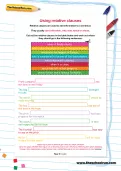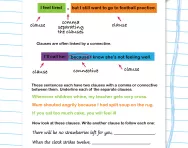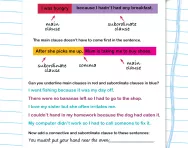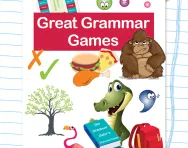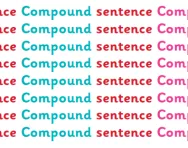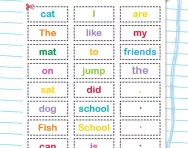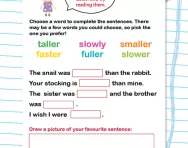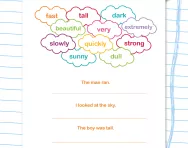TheSchoolRun.com closure date
As we informed you a few months ago, TheSchoolRun has had to make the difficult decision to close due to financial pressures and the company has now ceased trading. We had hoped to keep our content available through a partnership with another educational provider, but this provider has since withdrawn from the agreement.
As a result, we now have to permanently close TheSchoolRun.com. However, to give subscribers time to download any content they’d like to keep, we will keep the website open until 31st July 2025. After this date, the site will be taken down and there will be no further access to any resources. We strongly encourage you to download and save any resources you think you may want to use in the future.
In particular, we suggest downloading:
- Learning packs
- All the worksheets from the 11+ programme, if you are following this with your child
- Complete Learning Journey programmes (the packs below include all 40 worksheets for each programme)
You should already have received 16 primary school eBooks (worth £108.84) to download and keep. If you haven’t received these, please contact us at [email protected] before 31st July 2025, and we will send them to you.
We are very sorry that there is no way to continue offering access to resources and sincerely apologise for the inconvenience caused.
Using relative clauses
What is a relative clause?
A relative clause is a part in a sentence that adds extra details about a noun.
It helps to describe or modify the noun, giving more information about it. These clauses often use relative pronouns like who, that, or which to connect the extra information to the main part of the sentence.
What is an example of a relative clause?
Here are some examples:
- The book that I borrowed from the library is due next week.
- She is the student who won the science competition.
- The house that is painted blue belongs to my aunt.
- We visited the park where we used to play as children.
- This is the cake that my mom baked for my birthday.
- The movie, which was filmed in Paris, won several awards.
- The dog that barks loudly is annoying the neighbors.
- He is the person who helped me when I was lost.
- I need the pen that writes smoothly.
- She bought a dress that was on sale at the store.
How will this relative clauses worksheet help your child?
This teacher-created resource provides a quick and easy reminder of what a relative clause is, so that your child can refer to this throughout the activity if they get stuck. The activity itself is a fun, cut-and-stick task that helps your child practise recognising relative clauses in sentences.
If your child feels confident and is ready for a new challenge, you can try our Clauses in a sentence worksheet to develop their skills further.
